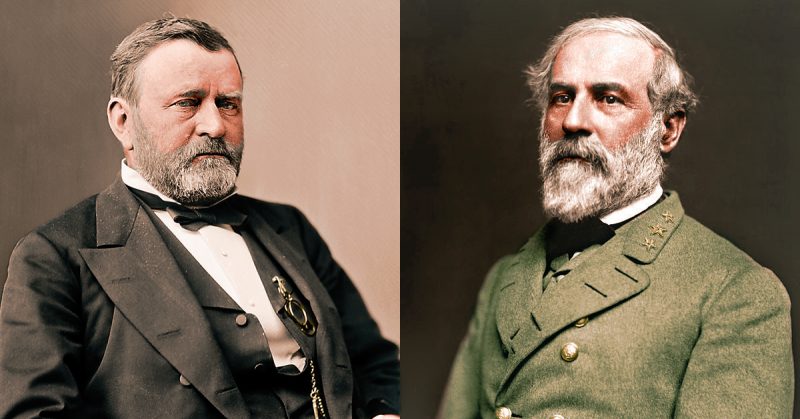“Well, Mary, the question is settled,” said Robert E. Lee to his wife when his precious State of Virginia seceded from the Union and joined the Confederacy.
This was at the start of the American Civil War in April 1861. He promptly resigned the US army commission he had held for 32 years.
Lee, however, was not the archetypical Southerner holding on to the belief of glorious war. Such romanticism was beneath him. On the contrary, he correctly predicted a protracted and devastating conflict that would last for years.
And privately he believed that the fledgling Confederate States of America was committing an act of treason or a revolution against the founding fathers.
His dislike of the rift was widely known. When he was offered a command in the Union Army, he refused.
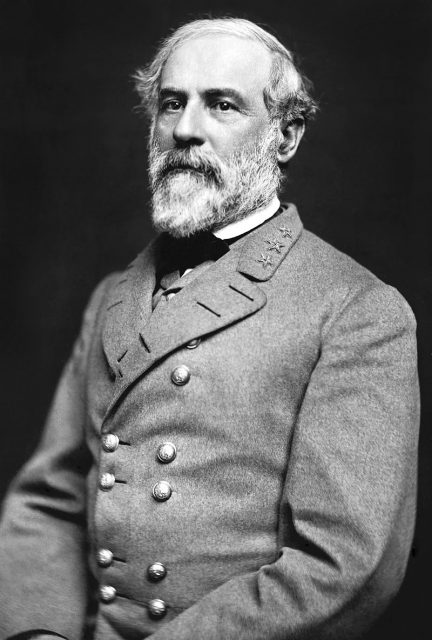
However, no matter what he thought about the secession, Lee would never betray his native State of Virginia.
He said as much to a young lieutenant when he resigned from the US army while he was stationed in Texas. “I shall never bear arms against the Union, but it may be necessary for me to carry a musket in the defense of my native state, Virginia, in which case I shall not prove recreant to my duty.”
https://www.youtube.com/watch?v=9XKORRI-dPI
When the American Civil War began with the Confederate attack on Fort Sumter on April 12, 1861, Ulysses Grant was in a far less prestigious position compared to the man he would later face in battle.
Grant was broke and had resigned his officer’s commission in the army a few years before because of drunkenness on duty. However, the episode was never officially included in his military record.
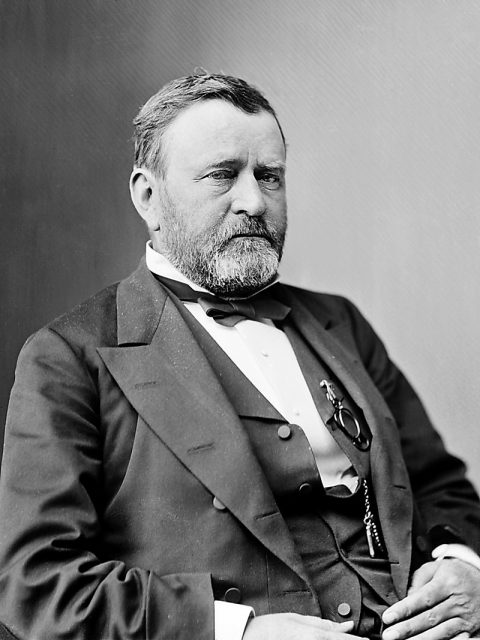
Grant worked for his father’s leather-goods business in Galena, Illinois. When the newly elected Abraham Lincoln called for 75,000 volunteers to fight in the impending war with the South, he jumped at the chance to join the army.
He later said of this moment, “I never went into our leather store again.”
His quest to obtain a commission proved to be more difficult than he had anticipated. But finally, he was appointed as a military aide to Governor Richard Yates.
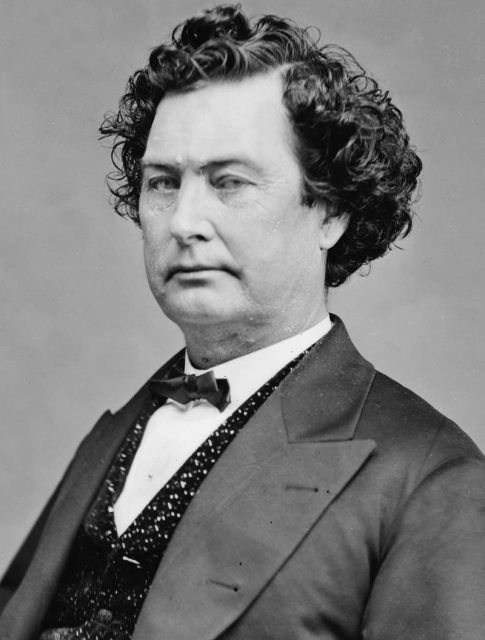
Robert E. Lee was as aristocratic as a man could get in a republican nation. His family was wealthy and well-regarded.
He was married to the great-granddaughter of Martha Washington, the nation’s onetime First Lady. Through this marriage to Mary Anna Randolph Custis, Lee came into possession of Arlington House, which is one of the most sacred places in the United States to this day.
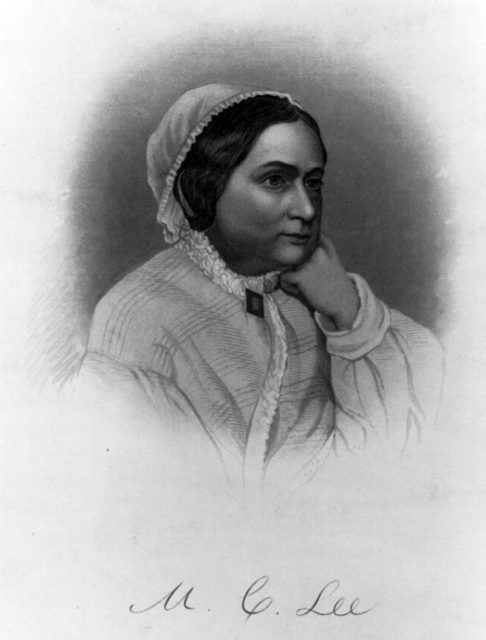
The property, located just outside of Washington DC, was soon conquered by Union troops. It is where the Arlington National Cemetery stands today, honoring those who fell in the nation’s conflicts.
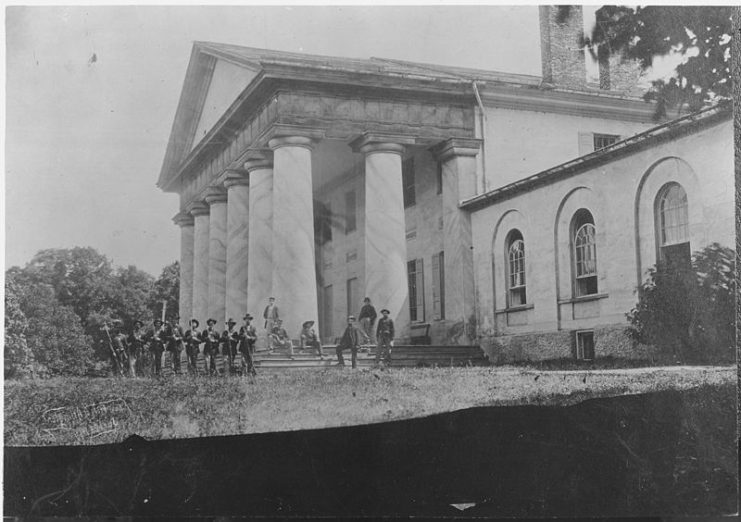
Ulysses S. Grant, on the other hand, came from a humble log cabin in Ohio. While Lee enjoyed an impressive military career right from the beginning, Grant failed in most things, including any civilian occupation he attempted.
As a result, he frequently sought refuge in alcohol, which damaged his reputation as a general and later as the President of the United States.
When the two men eventually faced each other in battle, it was a clash of two completely different classes. Grant was the prototype of grassroots, industrialized America while Lee was the grand seigneur of the elitist world of plantations and drawing rooms.
The American Civil War could not have had two more emblematic leaders.

The “Butcher” and the “Drunk” faced the quasi “Demi-God” of the American Civil War
But is it fair to say that Grant was merely an alcoholic with brutish tendencies and Lee was the gentleman master tactician who only lost because of the South’s inferior industrial might and lack of manpower?
Grant certainly did have a problem with alcohol that would later plague his presidency, but he was no fool.
As for brutality, he was certainly ruthless when he gave the order to General Sherman to follow a scorched earth policy in Sherman’s so-called “march to the sea.”
The idea was to cripple the South’s military capabilities while General Lee was tied up besieging Petersburg in Virginia, and the plan worked.
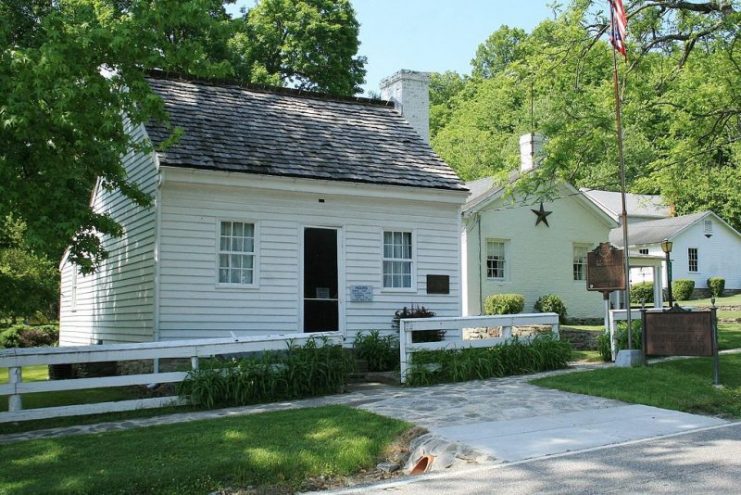
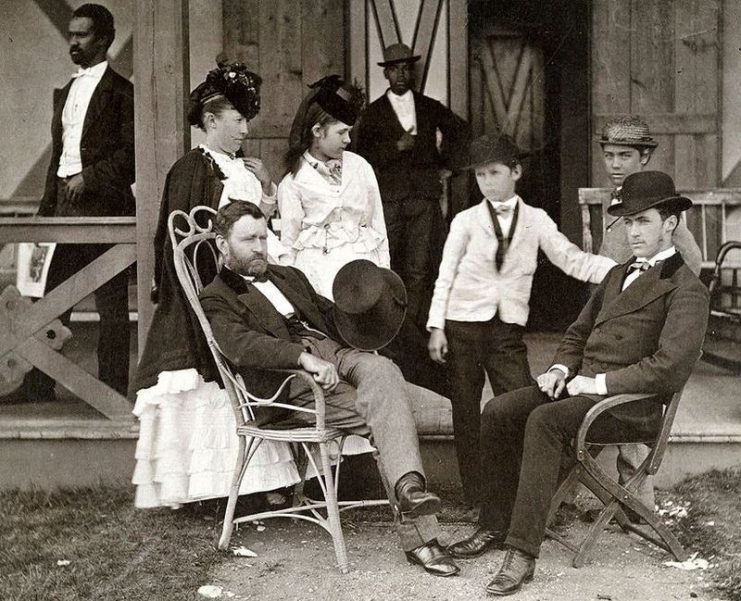
However, Lee was by no means any less ferocious in his tactics.
Looking at the numbers, Lee imposed about 240,000 causalities on the enemy while incurring 209,000 casualties in his own ranks. Lee took the fight to the North with ferocious abandon, almost winning the war for the South at the beginning of 1863.
It was only later that year, after the Battle of Gettysburg from July 1 to July 3, 1863, that the tides finally changed to the North’s advantage.
It must be said that, at the beginning of the war, the South had the pick of the commanding elite from West Point, as most officers were gentlemen heralding from the southern plantations. Approximately 80 percent of officers were southern.
This gave General Lee a considerable advantage. With a superior command structure, he was able to get the most out of his men despite the lack of equipment. And yet, Grant triumphed in the end.
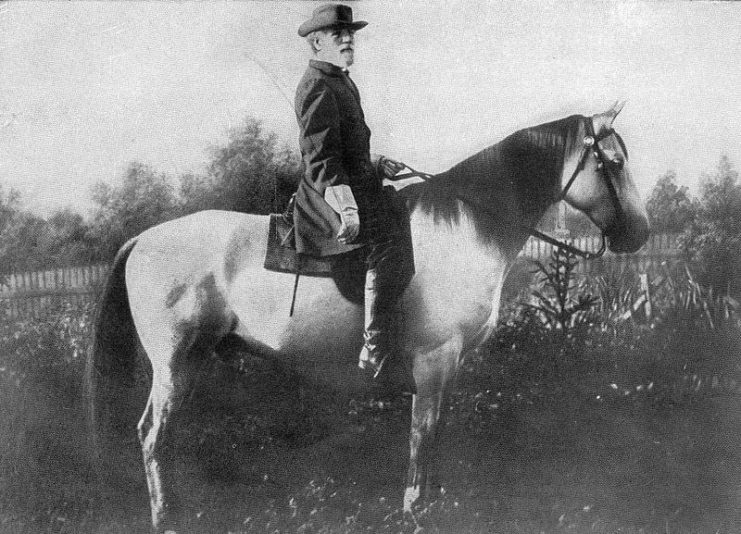
However, the victory was not only due to the North’s superior manpower and industrial strength. The Northern commander changed the entire campaign strategy.
He brought the battle to General Lee by no longer following the traditional rules of engagement consisting of withdrawing across the Potomac River after each battle.
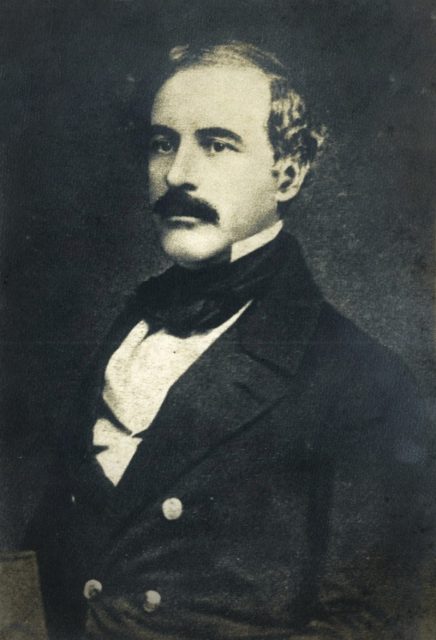
One could even go as far as claiming that he pursued the tactics of the ancient Roman Republic in its wars against Hannibal of the Carthaginians — he kept on fighting despite the many defeats inflicted upon the North.
General Grant knew that the South, like the Carthaginians of old, could not fight a protracted war. He finally forced Lee to withdraw from Petersburg and trapped him and his army at Appomattox.
It was here where General Lee finally agreed to surrender.
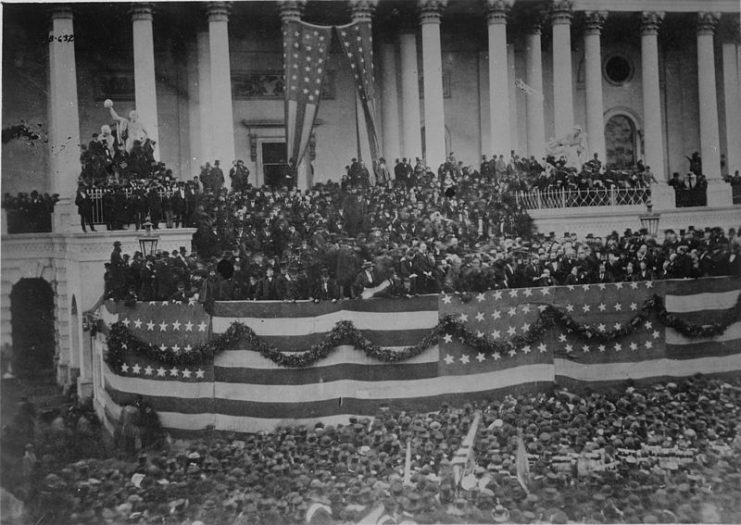
A gentleman’s agreement finally ended the bloodiest conflict on North-American soil
The talks held on April 9, 1865, brought together two men of vastly different appearance.
General Lee looked the archetypical Southern gentleman with his perfectly pressed gray uniform and jewel-encrusted dress-sword. In contrast, according to some accounts, Grant resembled a simple soldier in his mud-splattered boots and what Grant called his “soldier’s blouse.”
The two men initially exchanged some pleasantries until Lee, at last, asked how Grant would like to accept the surrender of his army.
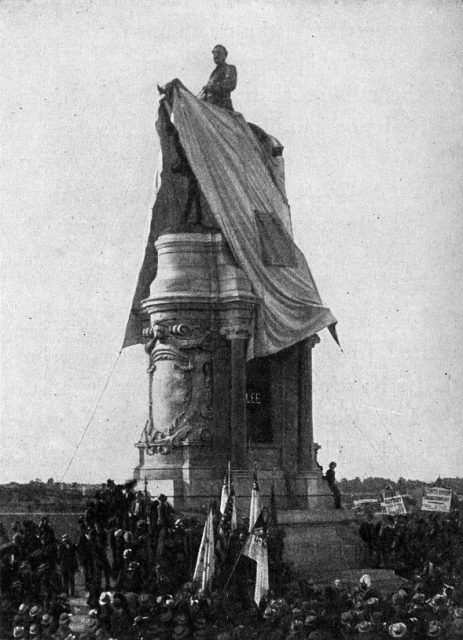
Thinking about Robert E. Lee and Ulysses Grant, the two men’s posthumous presence in modern America might seem like an absurdity to many a skeptic. There are more schools, parks, highways, and other facilities dedicated to General Robert E. Lee than there are those bearing the name of Ulysses S. Grant.
Read another story from us: General Robert E. Lee – Learning the Ropes in Mexico
Why is that?
It can only be said that both men were excellent tacticians and great generals who fought for opposing sides — Lee for his beloved State of Virginia and Grant to preserve the Union. Although, in the latter’s case we have seen that there was more to Grant then meets the eye.
As for Lee, he was a man born into a system he considered wrong; he just wasn’t the man to change it.
